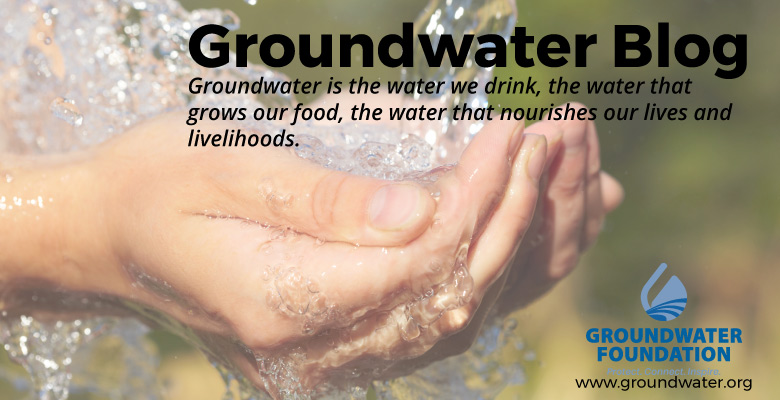by Anthony Lowndes, The Groundwater Foundation
The City of York, Nebraska recently earned Groundwater
Guardian Green Site designation for the York City Parks and ballfields. The
program recognizes managers of green spaces, such as college campuses, golf
courses and parks, for their environmental stewardship. But York used the program
as more than just recognition. Managers of the City’s green spaces took the application
process as an opportunity to evaluate their maintenance practices and realized more
could be done to further conserve and protect water resources for their
community. The Green Site designation is a part of ensuring the City is
dedicated to protecting the community’s water resource as the Wellhead Protection
planning process continues.
The
steps Green Sites take to protect and conserve groundwater are crucial to the
future use of the resource. There is no substitute for dedication, which is why
we are pleased to acknowledge the efforts of all
Groundwater Guardian Green Sites. You don’t have to be a green space
manager to follow the basics of groundwater protection and conservation! Try
implementing these practices at home:
1.
Water in the early part of the day to reduce evaporation.
2.
Follow the label recommendations for fertilizer
and pesticide applications and be sure to clean excess off sidewalks and driveways
so it does not get washed into surface waters.
3.
Choose native or drought tolerant plants when
replacing landscaping.
4.
Don’t be afraid to get your hands a little dirty
and control weed the old fashioned way by pulling them. I always find it to be
more satisfying too.
5.
Check out The Groundwater
Foundation website for more tips and tools to conserve and protect water
resources.








